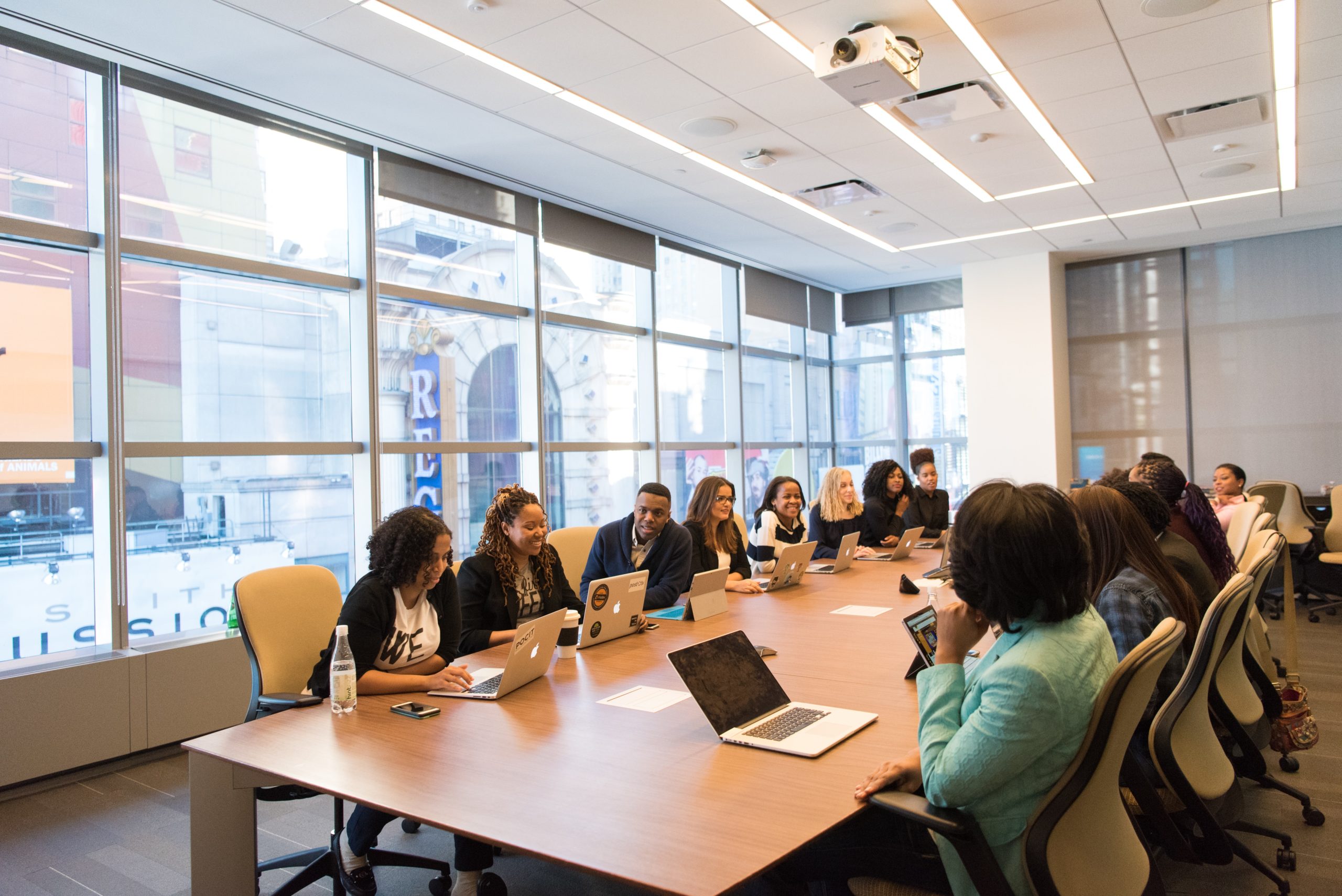Over the past decade, more companies have tried to demonstrate a commitment to diversity and inclusion in recruiting, engaging, developing, and promoting employees. But in most cases, the experience of those from marginalized backgrounds has not changed enough.
As a result, appointments of Diversity, Equity, and Inclusion (DEI) executives to top roles seem cosmetic, allowing boards and CEOs to say they’re doing something about the inequities in their workplace but not resulting in much noticeable change.
Stefanie’s work helps explain why current approaches to achieving diversity in companies often fall flat and what managers and employees can do to change that.
Recruiting Employees: Shift Process to Minimize Bias
The chances of selecting a minority candidate among the interviewees, massively improved simply by having more than one included in the process. “It was virtually a hundred times more likely a person of color would be hired,” Stefanie emphasized. Her research found a similar impact on hiring women when there is only one woman candidate versus having more than one.
Another way of minimizing bias in recruiting is through the anonymization of resumes. Stefanie’s research on the application process for time on NASA’s Hubble Space Telescope found that when you eliminate almost all personal information about the male and female candidates, you can virtually eradicate gender bias.
Engaging Employees: Enable Both Belongingness and Uniqueness
This part of the lifecycle is the stage when companies assess employees’ potential for promotion to leadership, based on their capabilities and how they collaborate. Engaging and developing employees at this step are essential so that they can see themselves as future leaders.
Stefanie points out that there are two human drivers that all employees (and leaders for their teams) struggle to balance in an organizational setting: the desire to belong and the desire to be unique. As she writes, people want “to stand out and to fit in.” And this tension is, in many ways, the reason why diversity and inclusion efforts fail to succeed. Stefanie’s advice is for leaders to “Inclusify.”
To encourage uniqueness, Stefanie recommends an easy acronym to follow: SELF, which stands for (S)upport, (E)mpathize, (L)earn and Be (Fair). Her book dives into each in greater depth on each component, but one lesson that threads through each is that it’s essential to do them with intention and transparency. For instance, (S)upport diversity publicly, not just privately.
Then to encourage belongingness, Stefanie uses the acronym, TEAM, which stands for Be (T)ransparent, (E)mpower, (A)lign and (M)otivate.
The difference between having great intentions in enabling diversity and inclusion and achieving great results is being honest about existing blind spots and showing the courage to put a stake in the ground on measurable goals.
Promoting Employees: Shatter Myths About Meritocracy
How often have you heard someone say about this topic: “why should [race or gender] matter? It should be about who is the best person for the job.” This common refrain is the core of the argument for companies and leaders proud to say they believe in meritocracy.
But as Stefanie has researched, there are many problems with the so-called “meritocratic manager.” For one thing, these managers bake in many inaccurate assumptions about who the “best” person for a role is, and why certain people don’t make the cut for promotion.
Stefanie’s advice for companies is to recognize that everyone has blind spots, even the best-intentioned ones. Meritocratic managers are an asset to an organization and their teams to the extent that they coach and actively develop others around specific criteria that is valuable to the company.
Change Requires More Than Optimism
Among the many excellent cases in Stefanie’s book, she highlights various archetypes of leaders who mean well when it comes to diversity and inclusion but still get in the way.
One such archetype is the “Optimist.” He or she is the leader who says all the right things about equity and fairness and even wants change, but glosses over what is truly necessary for executing change.
For instance, she told me, “It’s not about, ‘hey let’s do another mentoring program,’ or “let’s have another employee resource group (ERG). “Those are good, but you have to consider the way structures are designed because they’re made in a way that maintains the status quo.
“It’s when you change the structures that you can change everything.”
She added, “The good news is this is the perfect time to do it because many structures are toppling. So when we rebuild things, we can do it more equitably.”
Read Entire Forbes Article Here
We also had a recent LinkedIn Live conversation to dig deeper into this topic, located right below.











Leave A Comment